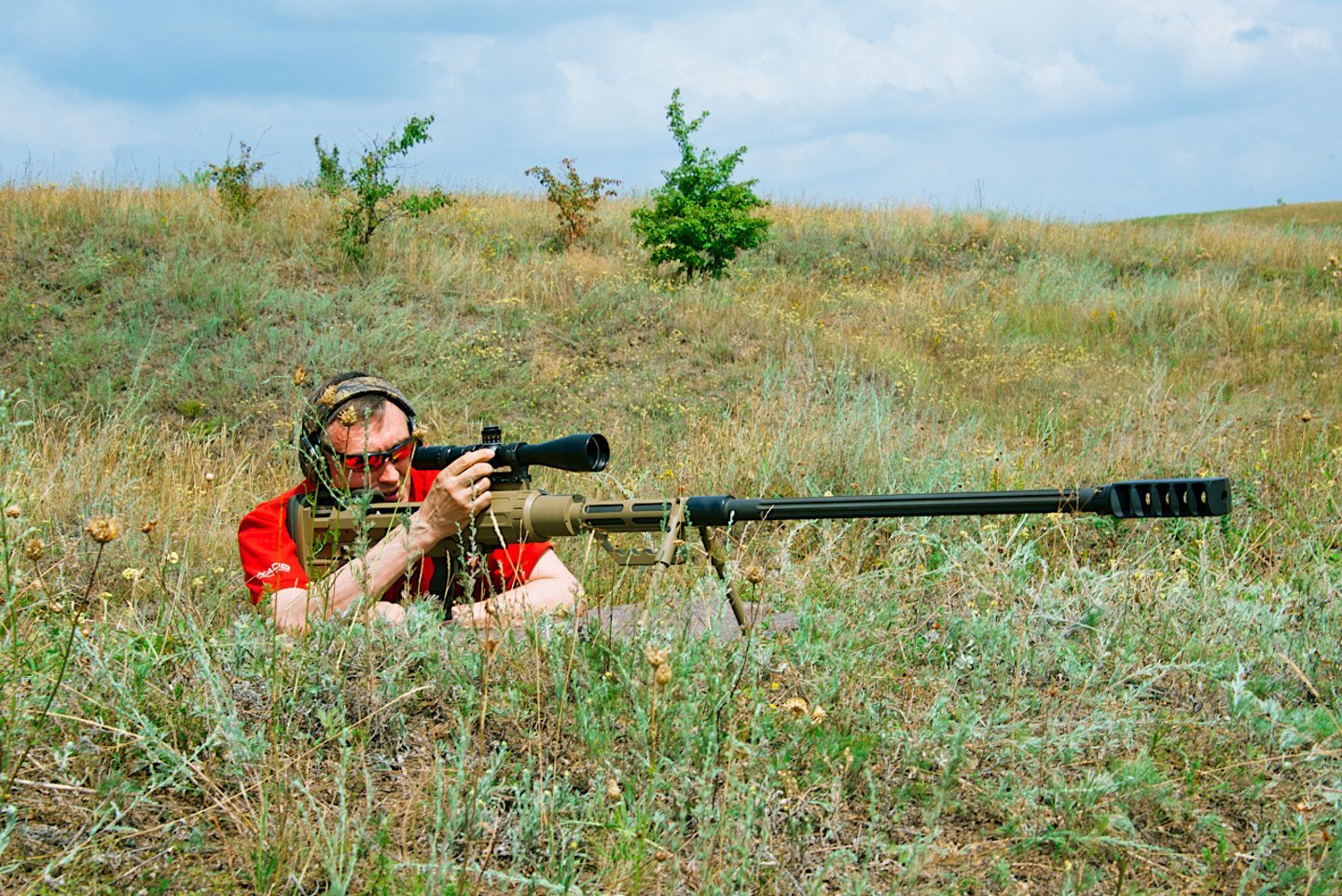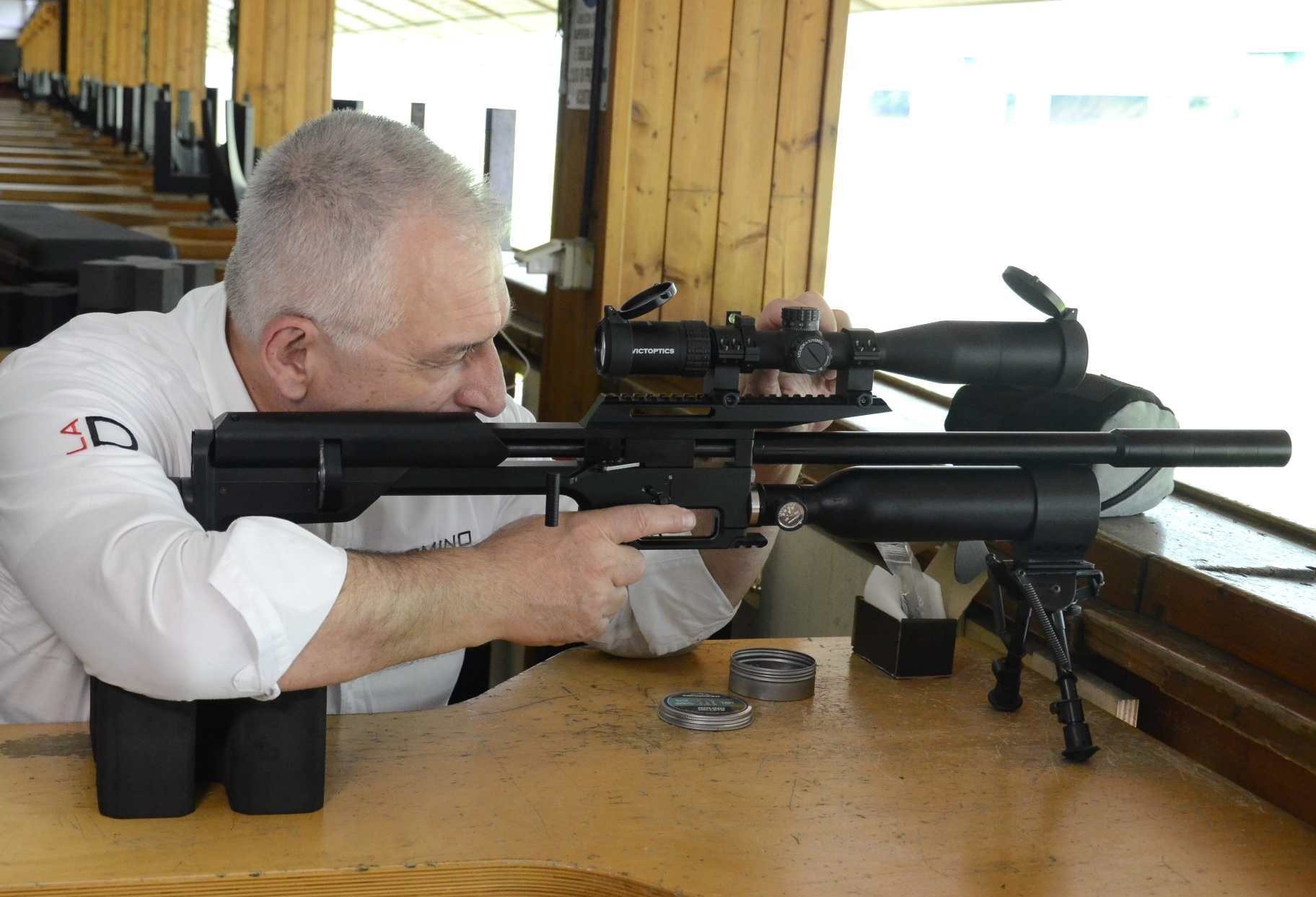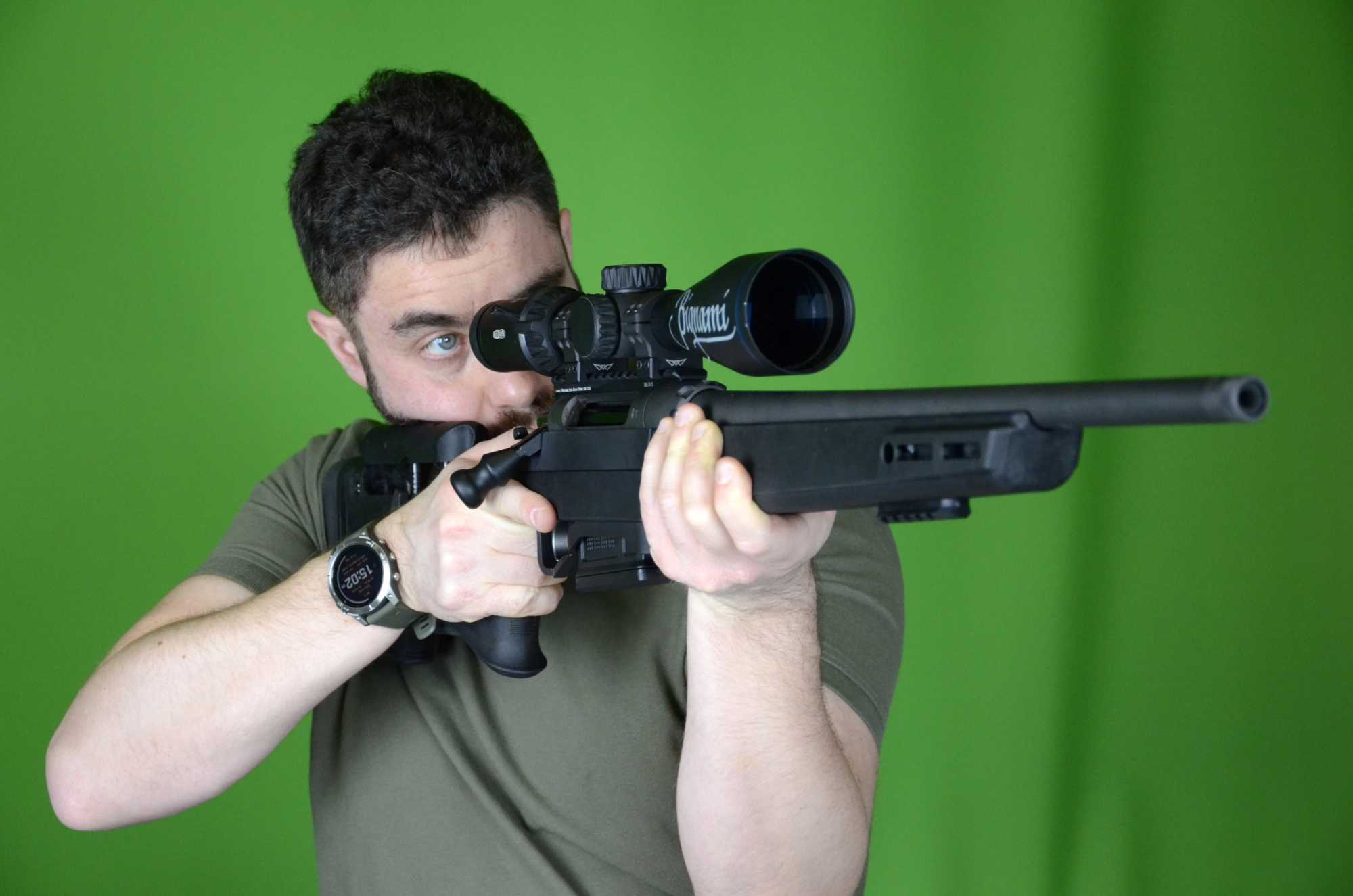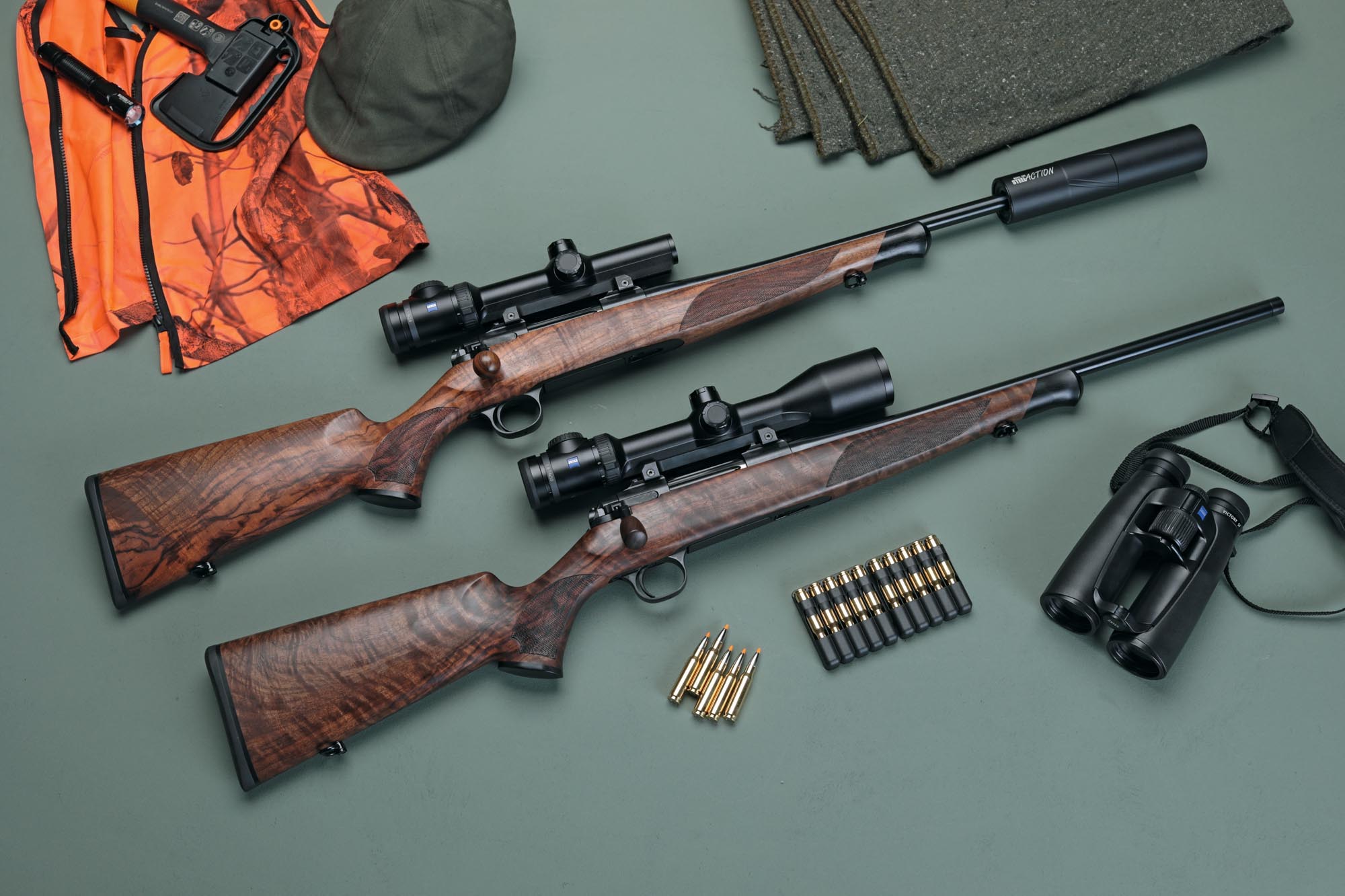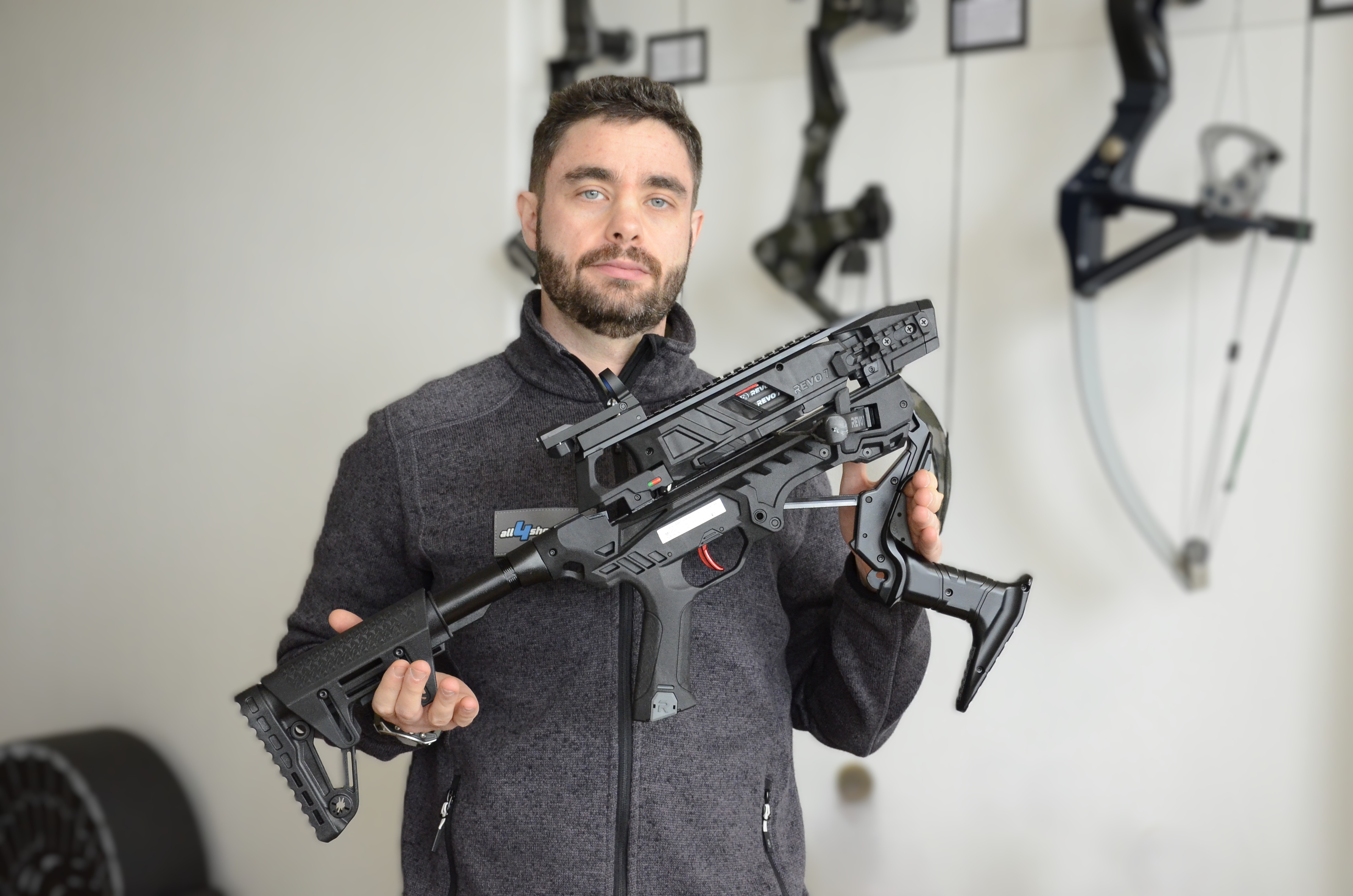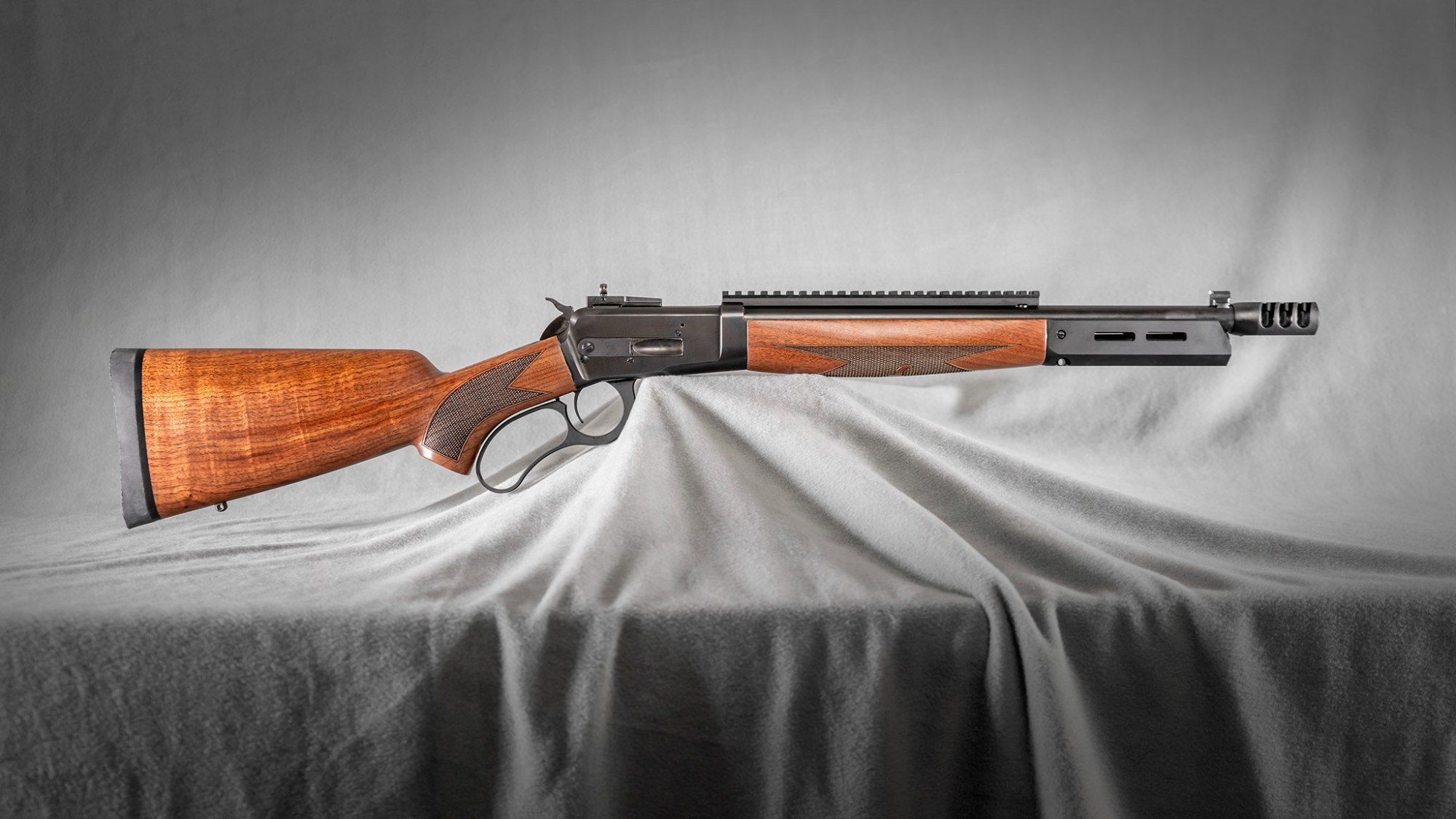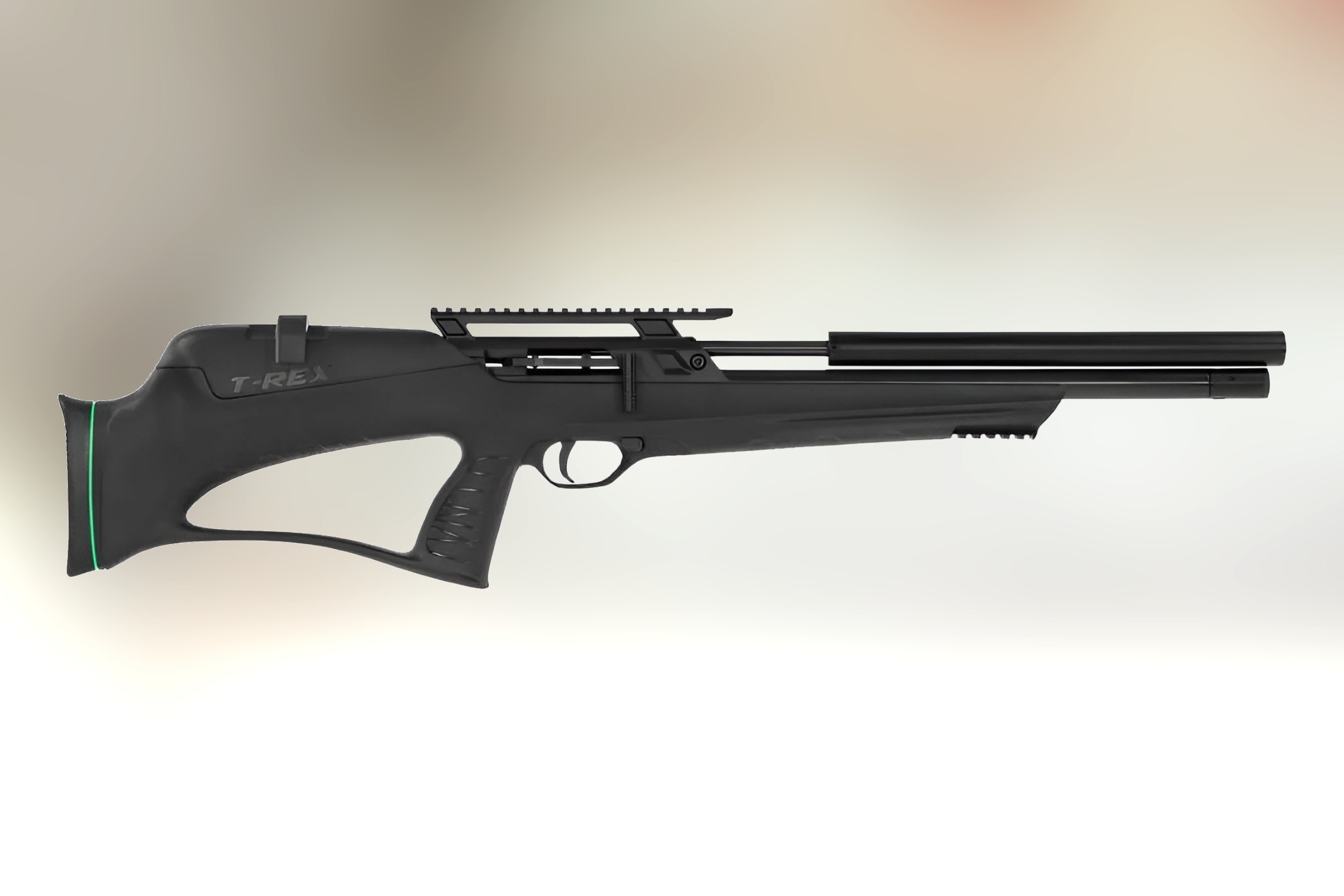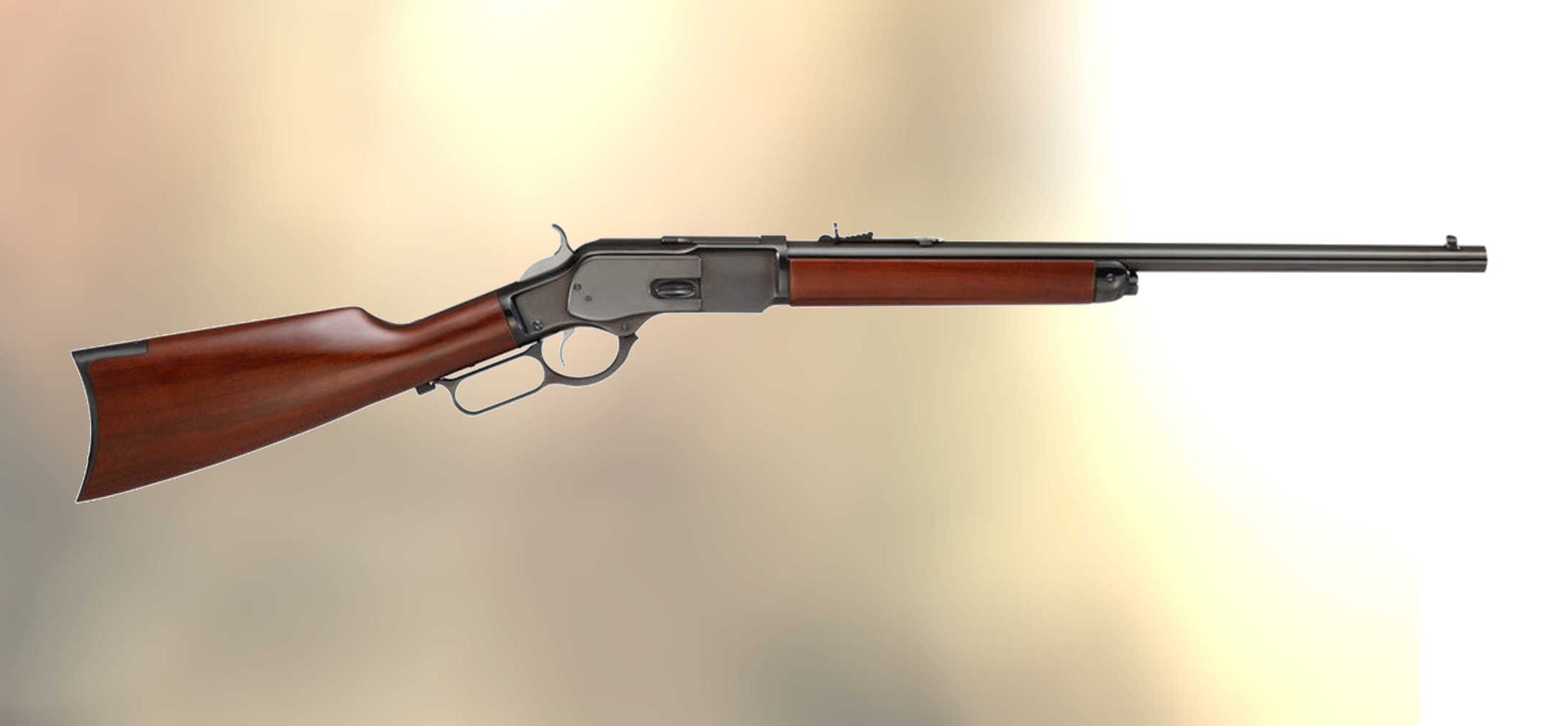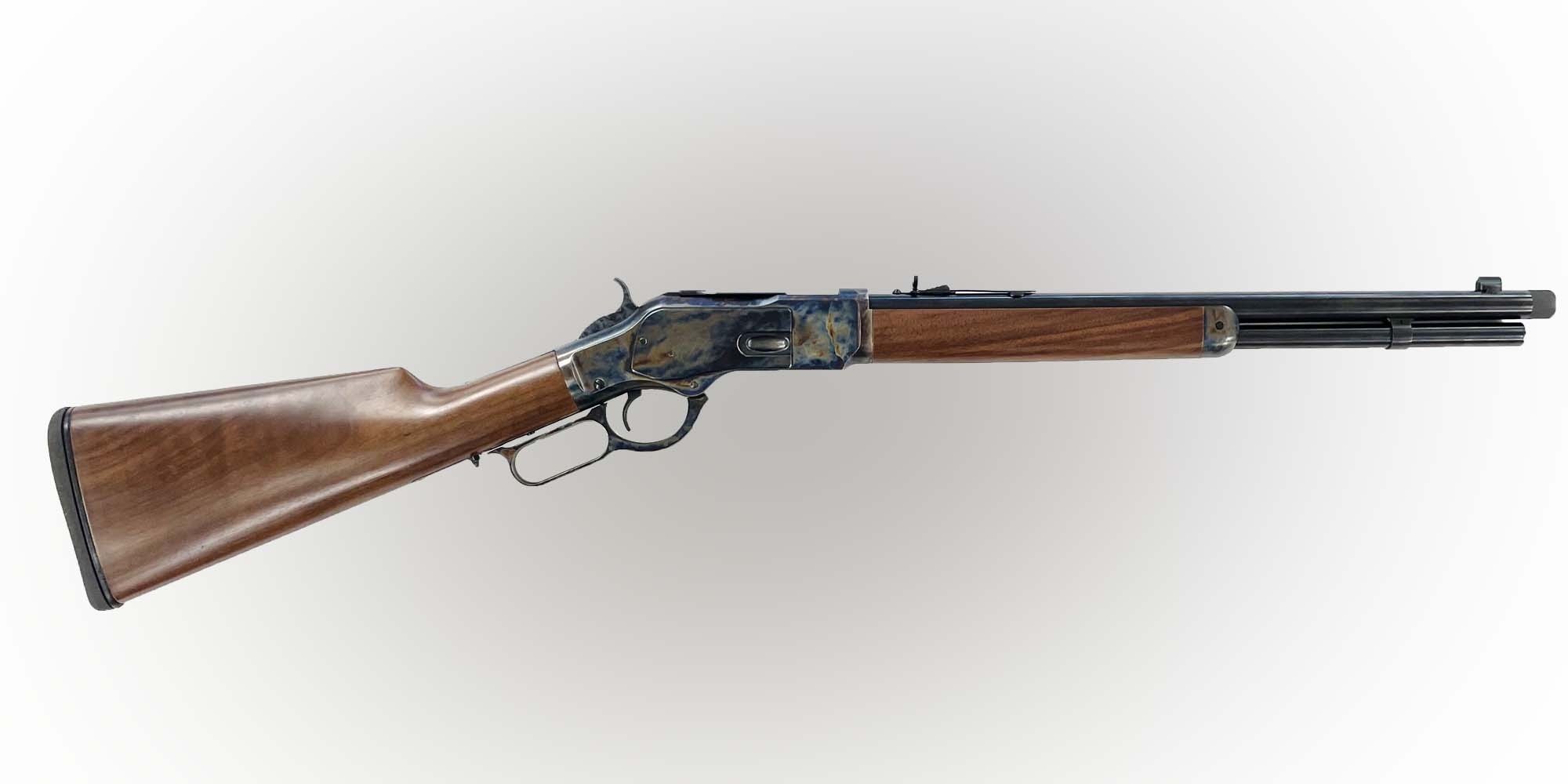
Anti-tank guns have a long history behind them. They originated during World War I as anti-tank weapons, during which they were adopted by both sides in the field, and at least initially had some success, given the thin armor of the first armored vehicles. Basically, antitank guns come in two types: either they are large rifles chambered for ammunition of a higher caliber than the standard one, as is the case with the 20 mm Swiss Solothurn caliber or the .55 (13.97 mm) British Boys, or they are firearms such as the German Panzerbüchse, manufactured by Gustloff in 1942, which fired a cartridge of standard caliber (7.92x94 mm) but with a tungsten bullet with armor piercing core that reached a velocity of 1,200 meters per second.
During World War II, the gradual increase in tank armor made them almost completely obsolete for their elective role, replaced by significantly more effective individual or squad weapons such as the American Bazooka, the British PIAT, or the German Panzerschreck.
The same was true of the Russian-made Simonov PTRS-41 in 14.5x114mm caliber, a gas-operated semi-automatic anti-tank gun. Although Russian sharpshooters were very adept at targeting the weakest parts of German tanks, soon its anti-tank effectiveness was drastically reduced. The Russians then had the intuition to use it as an anti-sniper weapon, successfully exploiting its extraordinary range. The Simonov PTRS-41 was feared and respected by the Germans, who did not hesitate to adopt all the prewar examples they could get their hands on, giving them the name Panzerbüchse-784. Production of the Simonov PTRS-41 ended in 1945, but by then the pattern had been set, and today all main armies recognize the usefulness of long-range or anti-personnel and anti-materiel rifles.
The Snipex rifle series in 14.5x114mm: the T-Rex

Ukraine is no exception, with Kharkiv-based Snipex locally manufacturing a series of anti-materiel rifles in 14.5x114mm caliber, in semi-automatic or bolt-action versions. The latter are in turn available as single-shot or with five-round box magazines.
We start with the simplest model in the series, the T-Rex, which is a sngle-shot bolt-action rifle. The name of this model is inspired by the monopod rear rest, which resembles a Tyrannosaurus leg. This is what could be called a semi-bullpup design, since the bolt assembly is located behind the trigger group (but not too much). The bolt head features thirteen locking lugs arranged in three rows. The Snipex T-Rex has a 1,200-millimeter-long barrel with a 1:16.5” (420 mm) twist rate, with a chrome-lined chamber and bore. The chrome lining also extends to the bolt slide rails. Overall length of the T-Rex is 180 centimeters. One of the most interesting features of the T-Rex is the floating barrel that upon firing recoils for about 7 millimeters, and this should help reduce felt recoil. Another feature is the barrel extension that is flared so as to facilitate feeding the cartridge into the chamber and that extends to act as a guide for the bolt itself. The stock is made of polymer and has an adjustable construction that allows it to be adapted to the shooter. Inside the stock is a recoil damper, which together with the four-port muzzle brake makes firing the powerful ammunition for which it is chambered tolerable. We must recall that the 14.5x114mm cartridge, propels a 1,000-grain bullet at a velocity of 980 meters per second, with a muzzle energy of more than 30,000 joules. The stock features the aforementioned adjustable monopod consisting of three articulated segments connected to an adjustable rack-and-pinion shaft that ensures an extremely precise and stable rear support (let's not forget that the rifle weighs 25 kg!). A sturdy bipod with telescopic legs, adjustable to four different lengths, is mounted about halfway up the barrel. When not in use, the bipod can be folded down. A Picatinny rail allows the mounting scopes with tubes up to 35 mm in diameter.
According to the manufacturer's claims, the T-Rex has an accuracy of 1 MOA. All metal parts are coated with a Cerakote-type ceramic finish, and a handle placed along the barrel allows for fairly easy movement of this behemoth.
We now turn to the Alligator model, which shares most of the features of the T-Rex but differs in its conventional design, with the bolt being located in front of the trigger group. On this model, power is provided by a sheet metal box magazine with a capacity of 5 rounds. To easily withstand the severe recoil, the sheet metal magazine has two locking points (front and rear) inside the well. The barrel of the Snipex Alligator in 14.5x114mm is the same as the T-Rex, but due to the more conventional construction the overall length is a full 2 meters, weighing 25 kilograms. In the 12.7x108 mm and 12.7x99 mm versions, on the other hand, the barrel measures "just" 850 millimeters, for an overall length of 1,620 mm and a weight of 16 kilograms. The magazine capacity of the Alligator in 12.7x99 mm is 10 rounds. The Alligator has also been officially adopted by the Ukrainian Army.


Finally, let's talk about the Monomakh model, named after the ruler Vladimir II Vsevolodovič, called Monomakh (“the one who fights alone”), Grand Prince of Kiev from 1113 to 1125. The Monomakh has much the same footprint as the T-Rex (it measures 2,050 millimeters in length) and shares its widely adjustable stock with reversible cheek rest, but it is semi-automatic with a short recoil operating system that, together with the eight-port muzzle brake, allows users to manage firing stress acceptably even when firing several rounds against moving targets. Feeding is provided by a 5-round double-stack magazine. The extreme length of the Picatinny slide on its top, a full 76 centimeters, allows any type of conventional optics to be mounted on the Monomakh and accessories such as thermal viewers to be added.
All Snipex rifles adopted by the Ukrainian Army come standard with a Snipex Jove 50 6-24x56 scope optimized for long and very long range shooting on very high-power weapons. The scope withstands horizontal g-forces up to 1200 g (along the axis) and vertical g-forces up to 600 g (perpendicular to the axis). The scope has a wide elevation range – 50 mil (172 MOA). Windage range is 12 mil (41 MOA); the reticle is on the first focal plan.


